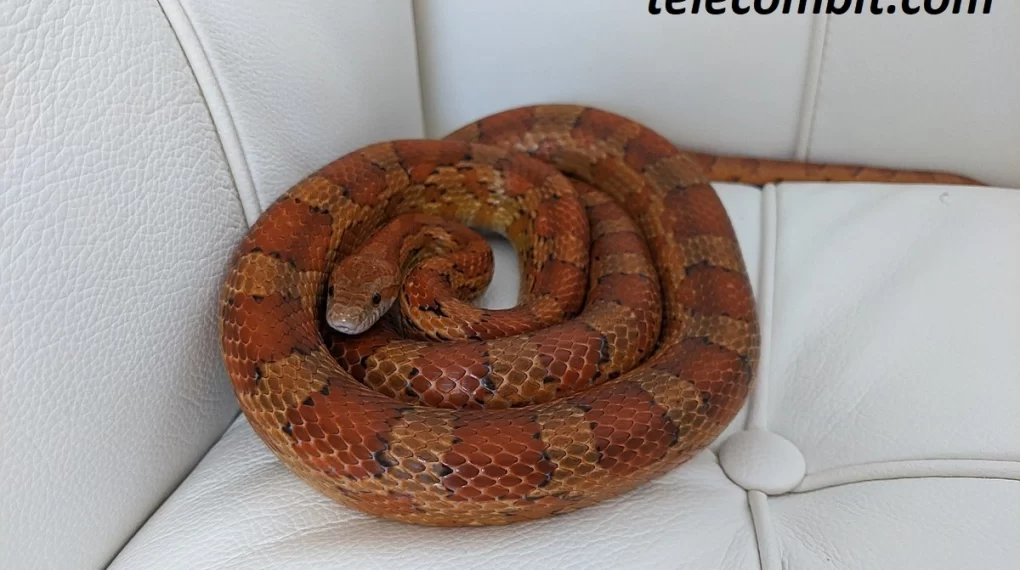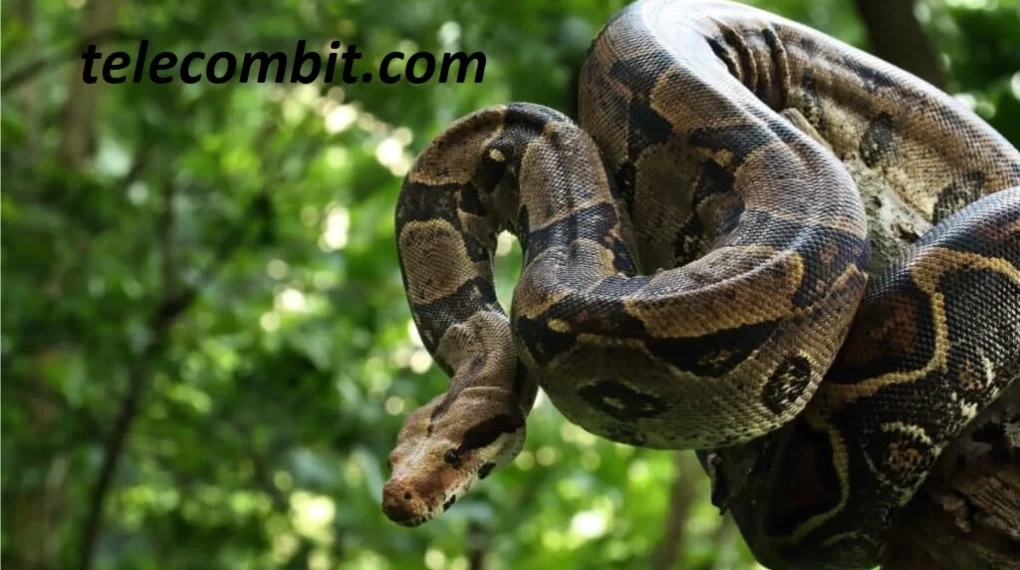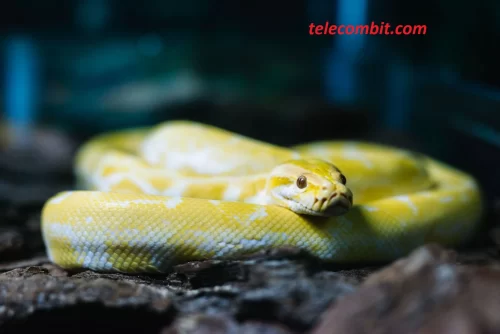3 Different Species of Snakes Kept as Pets
When it comes to keeping exotic pets, snakes have gained popularity among reptile enthusiasts. Their unique appearance, low maintenance requirements, and fascinating behavior make them intriguing companions. In this article, we’ll explore three different species of snakes that are commonly kept as pets. Whether you’re a seasoned snake owner or considering getting one, this guide will provide valuable insights into these captivating creatures.

Ball Python – The Gentle Giant of Snakes
The ball python (Python regius) is a popular choice for snake enthusiasts due to its docile nature and manageable size. Native to sub-Saharan Africa, ball pythons have become highly sought-after pets. Here are some key points about this species:
Appearance and Size: Ball pythons are relatively small compared to other python species, typically reaching 3 to 5 feet in length. They have a stocky build and derive their name from their defensive behavior of curling into a tight ball when threatened. Their coloration varies, with morphs available in various patterns and shades, including albino, piebald, and pastel.
Temperament: One of the reasons ball pythons are highly favored as pets is their docile and calm temperament. They are generally slow-moving and rarely show aggression. These snakes prefer to hide during the day, often coiled up in their hides or burrows, and become more active at night. Their gentle nature makes them suitable for handling and interacting with snake enthusiasts of all levels.
Care Requirements: To ensure the well-being of your ball python, it is essential to provide appropriate care and a suitable environment. They thrive in controlled environments with temperatures ranging from 75 to 85°F and a humidity level of 50-60%. It’s important to have a temperature gradient within their enclosure, allowing them to regulate their body temperature. Providing a hiding spot, a water dish for drinking and soaking, and proper substrate, such as aspen bedding or coconut husk, is crucial for their comfort.
Feeding: In the wild, ball pythons primarily feed on small mammals, such as mice and rats. As pets, they should be offered appropriately-sized prey items, usually pre-killed or frozen and thawed. The size of the prey should be proportional to the snake’s girth to avoid overfeeding and potential health issues. It’s important to establish a regular feeding schedule to ensure their nutritional needs are met.
Breeding: Ball pythons are commonly bred in captivity due to their popularity in the pet trade. Breeding ball pythons requires careful planning and knowledge of their reproductive behaviors. Female ball pythons typically reach sexual maturity at around three to four years of age, while males can breed at a younger age.3 Different Species of Snakes Kept as Pets. Breeding can be a rewarding but complex process, involving proper temperature cycling and pairing of compatible individuals. Corn Snake – The Colorful Constrictor

Corn Snake – The Colorful Constrictor
The corn snake (Pantherophis guttatus) is another popular choice for snake enthusiasts, known for its beautiful coloration and ease of care. Let’s explore some notable features of this species:
Appearance and Size: Corn snakes exhibit a wide range of vibrant colors and patterns, including red, orange, yellow, and black. These patterns resemble the markings found on corn kernels, giving them their name. They typically grow between 4 and 6 feet in length, making them manageable and suitable for various living spaces. Additionally, corn snakes have a slender body and are highly agile.
Temperament: Corn snakes are generally docile, curious, and easy to handle, making them an ideal choice for snake enthusiasts of all levels. They are known for their climbing abilities and are often seen exploring their enclosures or perching on elevated branches. With proper handling and socialization, corn snakes can become comfortable with human interaction. It’s important to note that individual personalities may vary, and some corn snakes may be more shy or defensive than others.
Also Read: Custom Locking Money Bags

Boa Constrictor – The Majestic Giant
The boa constrictor (Boa constrictor) is a larger snake species that requires more experienced handling. Native to Central and South America, boa constrictors are highly regarded for their impressive size and beauty. Let’s delve into their characteristics:
Appearance and Size: Boa constrictors are known for their impressive size, with females reaching lengths of 6 to 10 feet, and males being slightly smaller. They have a muscular build, beautiful patterns, and a variety of color morphs available in the pet trade. Boas’ coloration can range from vibrant reds and oranges to darker browns and blacks, depending on their locality or specific morph.
Temperament: Boas, although generally docile, can be more challenging to handle due to their size and strength. With proper socialization and regular handling, they can become more accustomed to human interaction. Boa constrictors are known for their powerful constricting abilities, which they use to subdue their prey in the wild. It’s important to approach boa constrictors with caution and respect their space.
Care Requirements: Due to their larger size, boa constrictors require spacious enclosures that simulate their natural environment. A temperature range of 80 to 90°F should be provided, along with a humidity level of 60-70%. Boas are semi-arboreal, meaning they spend time both on the ground and climbing, so providing branches and hiding spots is crucial for their enrichment.3 Different Species of Snakes Kept as Pets. Substrate options such as cypress mulch or coconut husk bedding work well for their enclosures.

Conclusion
These three species of snakes, the ball python, corn snake, and boa constrictor, offer unique characteristics and care requirements. As potential pets, they require different levels of experience and attention. Whether you’re drawn to the docile nature of the ball python, the vibrant colors of the corn snake, or the majestic presence of the boa constrictor, responsible ownership and proper care are essential for the well-being of these captivating reptiles. Before considering any snake species as a pet, ensure you research their specific needs, consult reputable sources, and be prepared to provide a suitable environment for their comfort and happiness.





